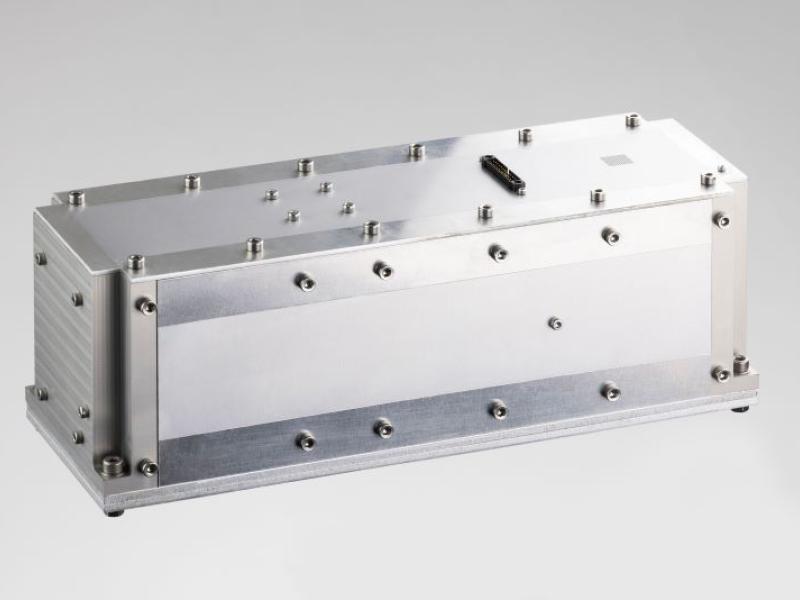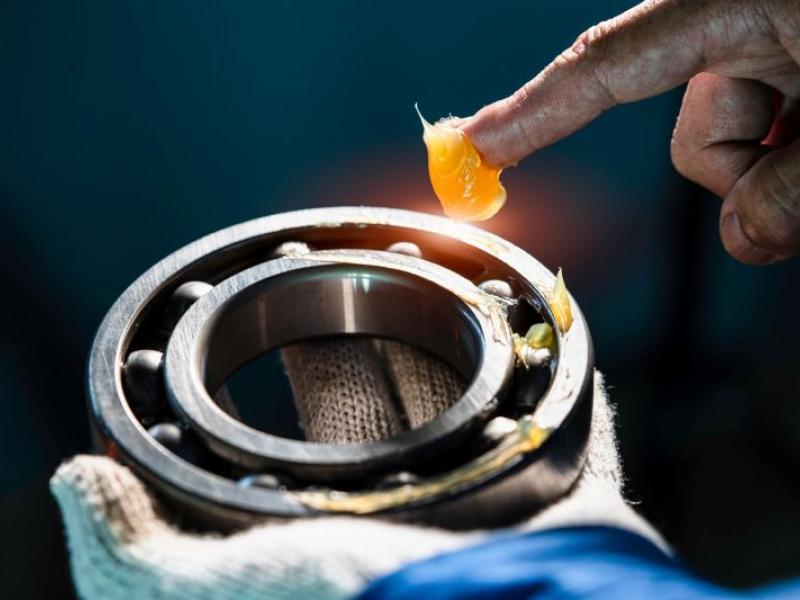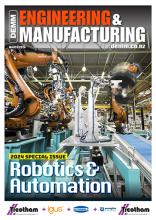The concept behind bearings is simple — things roll better than they slide. The type of bearing used is of the utmost importance; whilst steel bearings are standard, well-built ceramic bearings can last two to three times longer than their steel counterparts. With different bearings come different issues though. Here, Chris Johnson, managing director of ceramic bearings supplier SMB Bearings, explains the most common causes of ceramic bearing failure and how to avoid them.
Contamination
Let’s start at the beginning of a ceramic bearing’s lifespan, manufacturing. This is arguably one of the most crucial stages of ceramic bearing production. While steel can be manufactured in a standard factory, ceramic bearings should be produced in cleanroom or sterile environments.
Ceramic is sensitive to impurities, so airborne dust, dirt or any abrasive substance that finds its way into the bearing will usually lead to a premature failure. Reducing the risk of contamination during manufacturing can be done in a number of ways, keeping grinding operations away from bearing assembly areas and containing bearings in their original packaging until installation.
The symptoms of contamination are easy to spot; irregular dents or material embedded in raceways and balls could be similarly dented, dull or scratched. The seals on the bearing are also critical. While their aim is to exclude debris, damaged or inoperative seals may trap contaminates in the bearing and shorten its lifespan.
Thermal shock
Ceramic bearings have a lower load capacity compared to metal alternatives and are sensitive to thermal shock; when the temperature gradient in the material causes a differential expansion causing an internal stress. This stress can exceed the strength of the ceramic and form a crack or delamination — the ceramic layers separate and with it, a significant loss in mechanical toughness.
Bearings that have undergone thermal shock will have heavy ball wear paths and evidence of overheating, this includes discolouration of the rings, balls and cages. To avoid this problem, plant managers should consider the technical properties of each bearing’s material to evaluate their suitability to each application.
For instance, ceramic bearings in Zirconia Oxide (Zr02) can be used in applications up to 400 degrees Celsius, whereas ceramic bearings in Silicon Nitride (Si3N4) has a maximum operating temperature of 900 degrees Celsius.
Shock loads
Ceramic bearings can be very brittle. Because of this, their maximum speed is 20 to 25 per cent lower than all steel equivalents, due to the risk of sudden failure caused by cracking at higher speeds. A sudden shock on the bearing will cause true brinelling.
True brinelling can be shown as indentation in the raceways, which in turn increase bearing vibration. Any static overload or severe impact can cause brinelling. For instance, using hammers to install and remove bearings or pressing a bearing onto a shaft by applying force to the outer ring.
To avoid this problem, the solution is simple. Consider how your application operates and choose a bearing accordingly. For instance, the rings in a hybrid bearing will withstand shock loads better than full ceramic, but steel is the best option for applications with high shock loads.
The corrosion and temperature resistant qualities of ceramic make it the best option for hostile environments, but consideration must be given in the design stage as to which material is suitable for the application and the load applied to it.
Although ceramic may be more expensive, its longevity compared to steel alternatives means less downtime and maintenance costs, but companies need to be aware of its capabilities and downfalls before putting these bearings to use.
For further information please visit http://www.smbbearings.com/






